This section is for paid subscribers only. Our subscription is only $3700/- for one full year.
You get unlimited access to all paid section and features on the website with this subscription.
Subscribe to read full article
This section is for paid subscribers only. Our subscription is only $37/- for one full year.
You get unlimited access to all paid section and features on the website with this subscription.
Not ready for a full subscription?
You can access this article for $2, and have it saved to your account for one year.
- GenreAction
- FormatColour
- LanguageHindi
- Run Time177 min
- Length5199.87 metres
- Number of Reels18
- Gauge35mm
- Censor RatingU/A
- Censor Certificate Number1024
- Certificate Date26/11/1992
The Vijay Dashmi Mela at the Kali Temple situated between Mirtagarh and Surjangarh in the Thar desert was unique in colour and character. It was always like a dance of Life and Death, what with dancers egging on the warriors fighting each other for the right to behead the sacrificial calf to propitiate Mother Goddess who in turn would bless the particular clan of Kshatriyas with Rain-rain in the desert where a drop of water is more valuable than a human life.
This, naturally created bad blood between the two principalities. The matters came to a head when Vijay Pratap of Surjangarh and princess Divya of Mirtagarh made an effort to bridge the gulf with their love for each other. Not only that both of them were destroyed but Raja Prithvi Singh of Surjangarh killed his counterpart Raja Bhawani Singh, in the presence of Ganga Singh who was the minion of law and order. Prithvi Singh was sentenced to jail term, only to get the news that Bhawani's brother Raja Jaswani Singh who had come back from England, had stormed Surjangarh and beheaded Prithvi's brother.
While the vested interests wanted the hostilities to continue, the ladies in both the palaces wanted an end to it all. "When a sword slashes, it slashes not a man's chest but a mother's womb," said Maheshwari Devi, Bhawani's widow.
So the scions of both the clan were sent away to Oxford for studies where they would be educated and would learn to respect human life-away from the barbaric ways of desert.
Vinay Pratap Singh of Surjangarh, Vikram Singha and his cousin Neelima of Mirtagarh and Ganga Singh's daughter all finished their education and came back to India. Their arrival somehow coincided with the release of Prithvi Singh and his imminent encounter with Jaswant Singh at the Vijay Dashmi Mela.
Would the new generation change things in the desert principalities or would the desert sand, with all its storms, envelops them and their sensitivities too?
This is what J.P. Dutta would help you find out in 'Kshatriya'.
[(From the official press booklet]

Cast
Crew
-
BannerPushpa Movies
-
Director
-
Music Director
-
Lyricist
-
Story Writer
-
Screenplay
-
Dialogues
-
Cinematography
-
Editing
-
Choreography
-
Production Controller
-
Action Director
-
CostumesMadhav Men's Modes , Fitwell , Jawahar Dresswala , Masculine
-
Make-up
-
Re-recordist/ Sound MixingHitendra Ghosh , Rajkamal Kalamandir Ltd, Bombay
-
Laboratory/ Processed atAdlabs Films (P) Ltd
-
Music CompanyTips Cassettes & Records
-
StillsGlamour Color
-
Publicist/P.R. O.
-
Publicity PrinterGlamour Photo Lab Pvt Ltd
-
Publicity Design
-
Art Direction
-
Song RecordingA N Tagore , Mehboob Studios






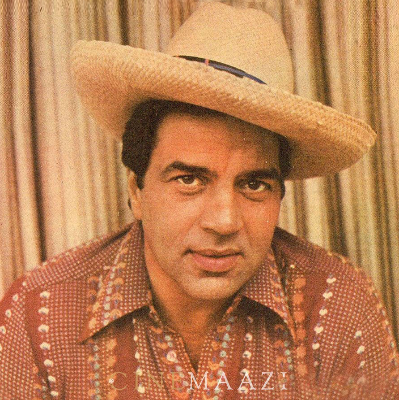

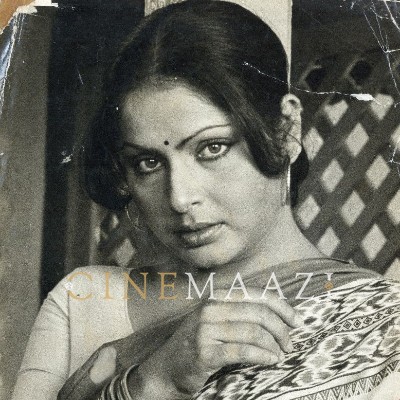
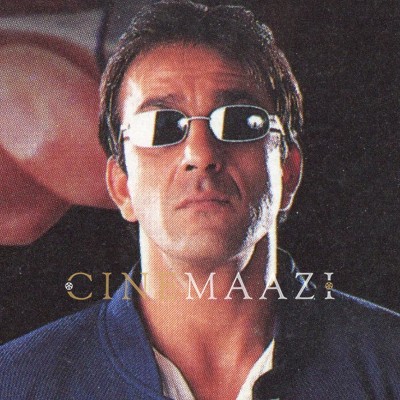
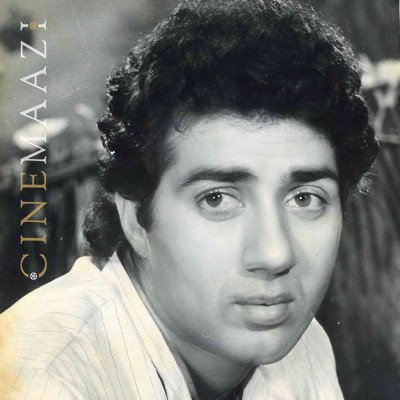

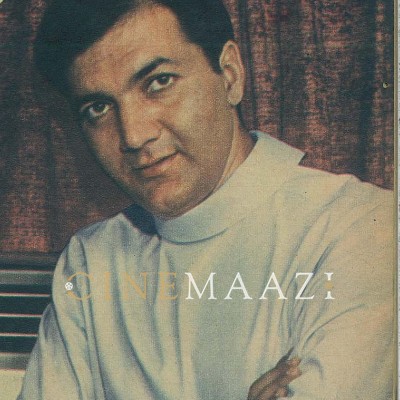

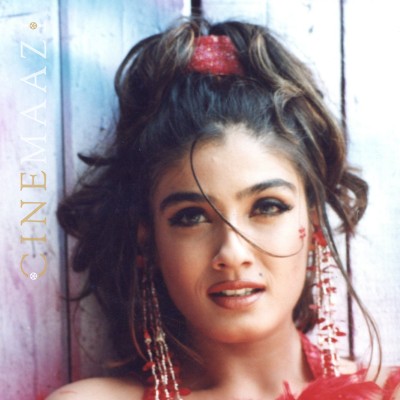
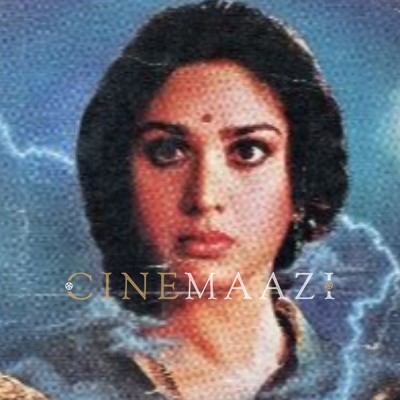
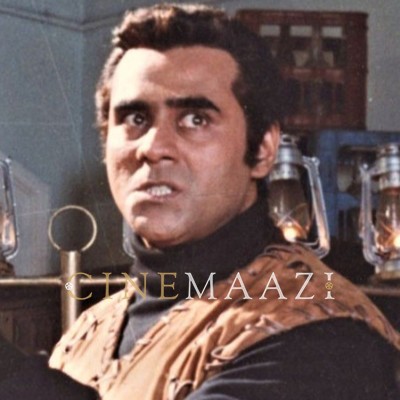



.jpg)



